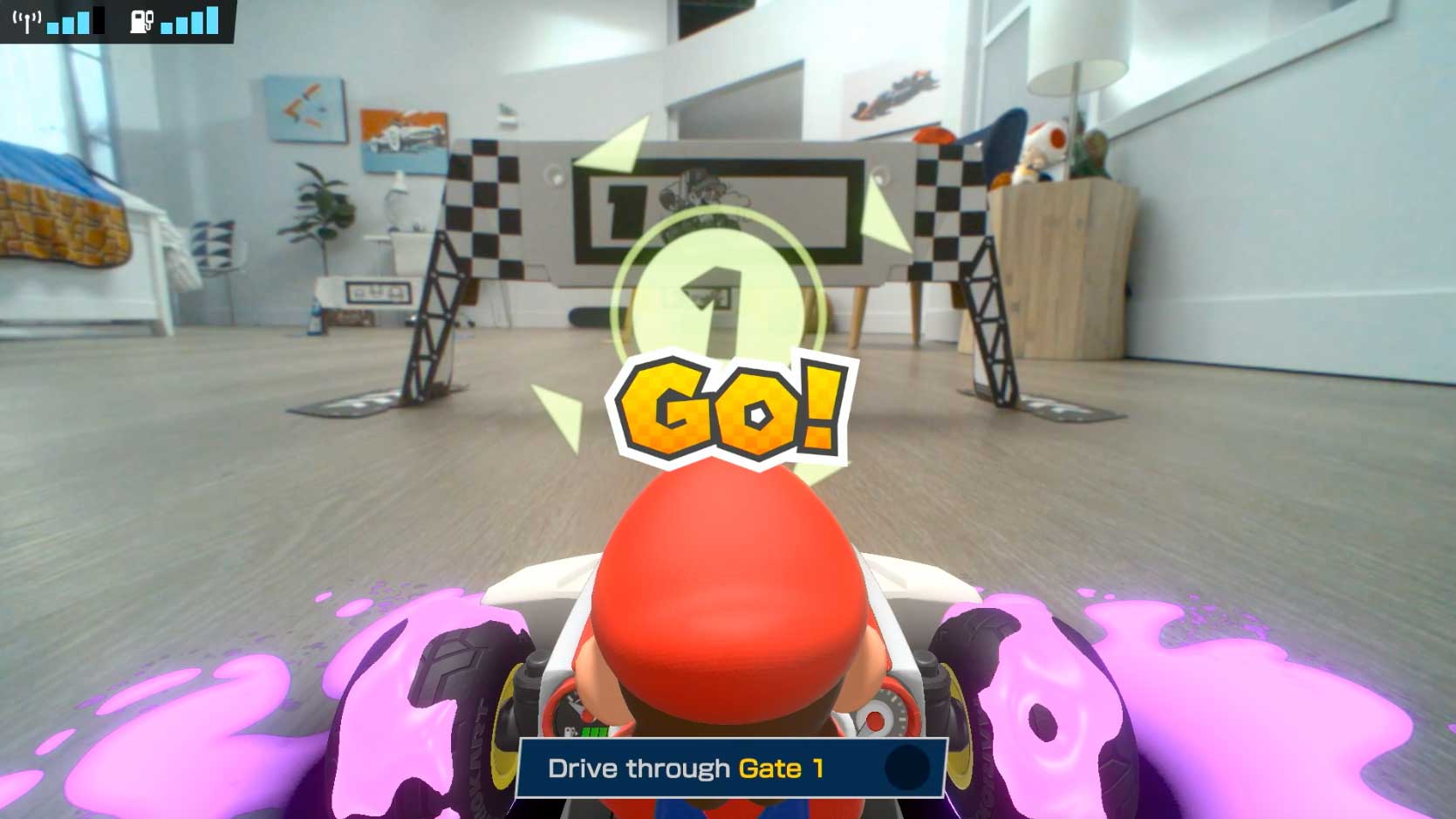



Mario Kart Live: Home Circuit Explained by iBestTravel
Everyone is probably familiar with Mario Kart, Nintendo’s enduring multiplayer title that combines beloved characters, whimsical racing karts, and various items that can be used to outmaneuver opponents on imaginative race tracks. Since its launch in 1992 as Super Mario Kart, this iconic game has been played strictly in the digital world, available on consoles, handheld devices, and arcades. However, with the advent of Mario Kart Live: Home Circuit for the Nintendo Switch, this classic game has now been turned into an engaging reality experience right in your living room.
So, how exactly does it work? With Mario Kart Live: Home Circuit, Nintendo integrates its handheld Switch console with an augmented reality experience. Players can overlay the colorful Mario Kart universe over a live video feed of their physical space, captured through a camera mounted on a small remote-controlled go-kart. The outcome? The ability to “play” Mario Kart in your home, with real-life karts acting as avatars that race on tracks you design yourself.

How Does It Work?
To understand how Mario Kart Live: Home Circuit operates, you need to know a few essentials. Assuming you already own a Nintendo Switch console or Nintendo Switch Lite, you can access the game for free. The main investment involves purchasing the physical components, which include a rechargeable, steerable go-kart priced at $99. This kit comes with four cardboard gates that you set up on your floor, enabling you to create your own race track. Players must drive through these gates to outline their course, mimicking the racing experience from traditional Mario Kart games.
Additionally, each kit includes two track barriers to help define corners, though they are optional. If you’re interested in multiplayer fun, your friends can join by bringing their own $99 setups as well.
An interesting aspect of Mario Kart Live: Home Circuit is that it does not utilize online features, meaning all players must be physically present in the same location to race. The game includes three racing modes: Grand Prix, Time Trial, and Custom. For each mode, players establish the layout of their track using the cardboard gates, selecting whether these serve as boost points or item locations. As you advance in the game, more gate options become available, introducing elements from the rich Mario Kart universe.

What’s the Runtime for Each Kart?
Regarding the battery life of the physical go-kart, Nintendo estimates that each kart can run for about 90 minutes before needing a charge via a USB-C cable, which can connect to the Nintendo Switch or a separate charger. Players can monitor their battery levels through an indicator on the game screen. The actual run time may vary based on how the kart is utilized during races. Players can choose from four speed settings, ranging from 50 cc to 200 cc, affecting how long the battery will last depending on the selected speed.
While you can design your racing track to be as big or small as you prefer, a recommended area of about 10 feet by 12 feet is ideal for the 150 cc speed range. Slower speeds require less space, while faster speeds necessitate more room. Additionally, both hardwood and carpet surfaces are test-approved for gameplay, with hardwood offering better speeds and overall performance.
When Is It Available?
Mario Kart Live: Home Circuit is set to release on October 16, 2020, conveniently timed for the holiday season. Each kart kit will be priced at $99 and is available with both Mario and Luigi designs. This unique gaming experience promises to add excitement to traditional racing games, and we look forward to uncovering more of what this innovative title has in store!




